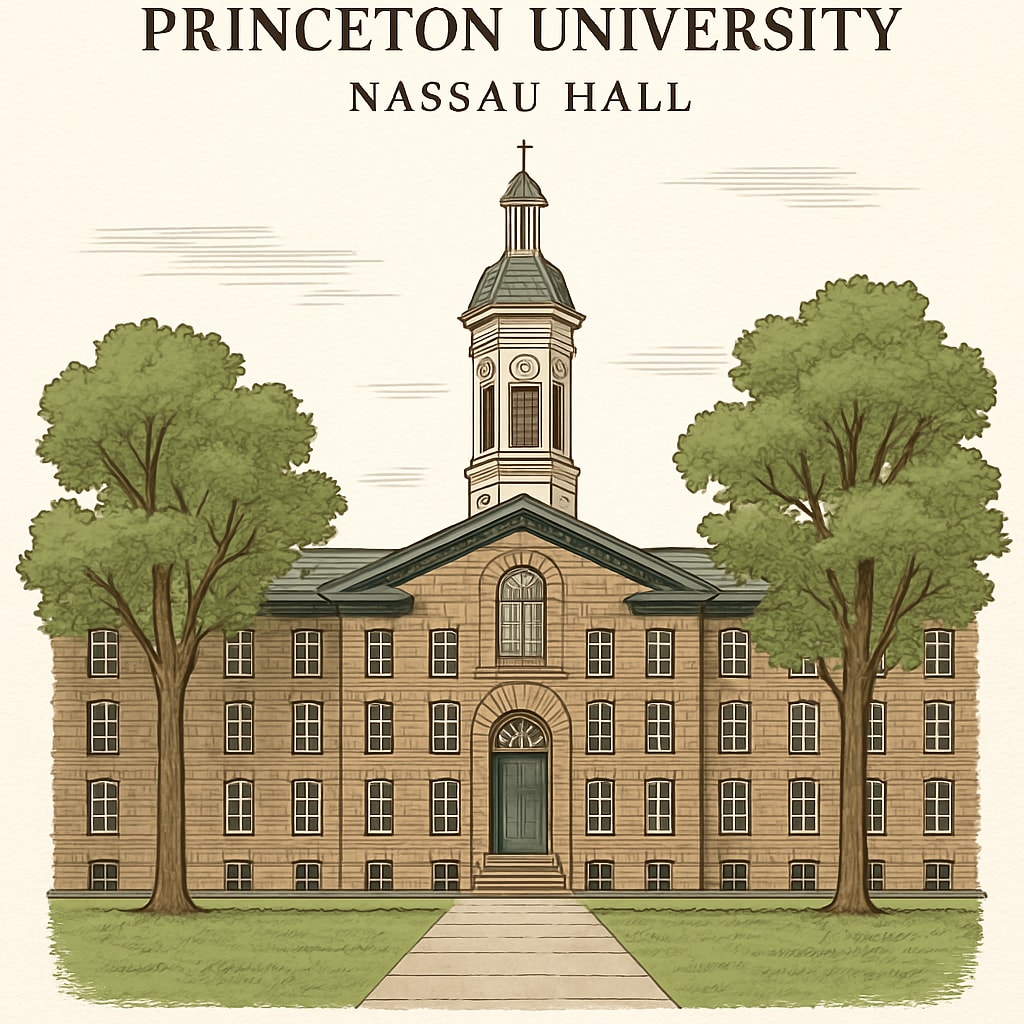For decades, Ivy League schools like Princeton University have been synonymous with excellence, prestige, and unparalleled opportunities. However, the question arises: are we overestimating the value of these institutions? Despite their shining reputations, do they truly deliver on the promises associated with their esteemed names, or is the allure of Ivy League schools based on a myth?
Understanding the Ivy League Reputation
The Ivy League, an elite group of eight private universities in the United States, is often viewed as the pinnacle of higher education. Schools like Princeton, Harvard, and Yale boast low acceptance rates, Nobel laureates on their faculties, and alumni who have achieved global success. This reputation creates an almost mythical status that draws ambitious students from around the world.
However, it’s worth considering how much of this prestige is based on tangible educational outcomes versus societal perception. Studies have shown that while Ivy League graduates often achieve high levels of success, their advantages may stem more from their pre-existing networks and socioeconomic status than the education they receive. For example, this article on Wikipedia highlights the influence of legacy admissions and wealth in maintaining these schools’ exclusivity.

Princeton University’s True Value: Education or Exclusivity?
Princeton University, often ranked among the top three universities globally, is renowned for its rigorous academics and strong emphasis on undergraduate education. But does this reputation align with the actual benefits it provides to its students? Critics argue that the perceived value of a Princeton degree is inflated, driven by branding rather than superior educational outcomes.
One key point of contention is accessibility. Princeton’s low acceptance rate and high tuition can create an exclusive environment that disproportionately benefits students from wealthy backgrounds. For many, the “Ivy League” label might open doors, but is that due to the education offered or the social capital associated with the name?
In addition, a Britannica article notes that Ivy League schools are often revered for their history and networks rather than the transformative impact of their teaching. While Princeton offers small class sizes and world-class professors, similar opportunities can be found at less heralded institutions for a fraction of the cost.

Do Ivy League Schools Guarantee Success?
Many people equate an Ivy League education with guaranteed success, but this is not always the case. While alumni from schools like Princeton often achieve impressive career milestones, it’s important to separate correlation from causation. Did the university itself create their success, or would these individuals have succeeded regardless due to their inherent talents and existing social advantages?
Research from economists suggests that, for middle-class and lower-income students, attending an Ivy League school can offer a significant boost in income and opportunities. However, for wealthier students, the return on investment is less pronounced. Non-Ivy League institutions, such as state universities or liberal arts colleges, can also provide exceptional educations, often without the burdens of exorbitant tuition or the pressure of hyper-competitiveness.
Rethinking the Value of Prestige
While Ivy League schools undeniably provide unique opportunities, it is essential to consider their actual value beyond the label. Students and parents should weigh factors like cost, educational focus, and personal fit over reputation alone. After all, many successful professionals and innovators have emerged from non-Ivy League schools, proving that success is not tied to a single path.
In conclusion, while Princeton and other Ivy League universities undoubtedly offer excellent resources and a prestigious platform, their value may sometimes be overstated. The myth of the Ivy League persists, but the reality is that education is what you make of it—regardless of the school’s name.
Readability guidance: Short paragraphs and clear transitions are used to enhance readability. Lists and examples provide clarity, and overuse of passive voice is avoided.


